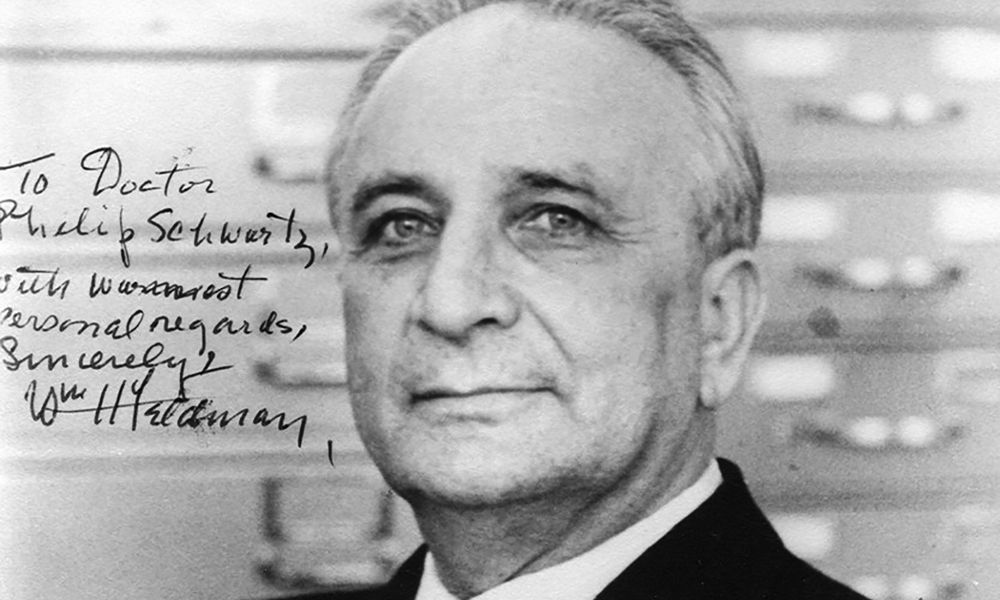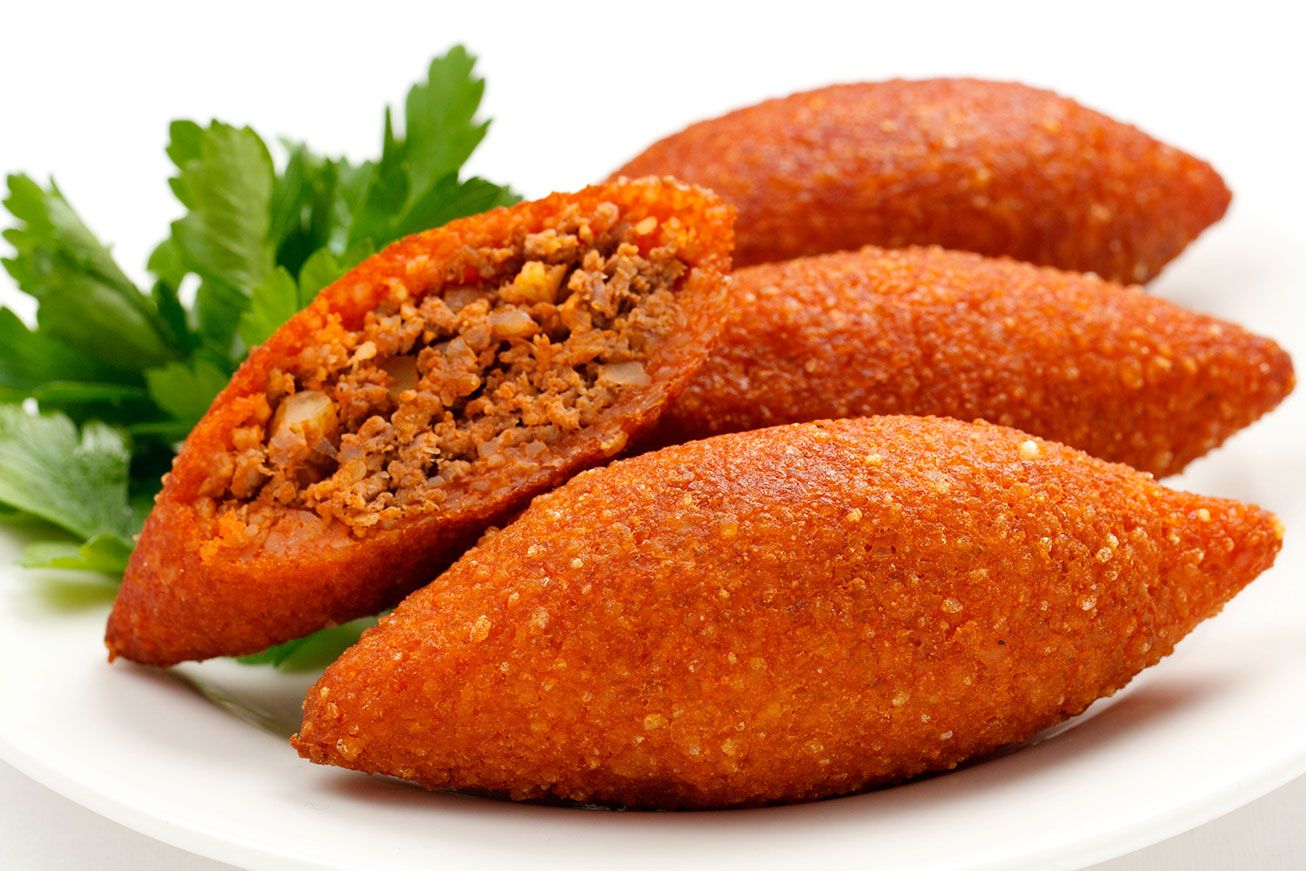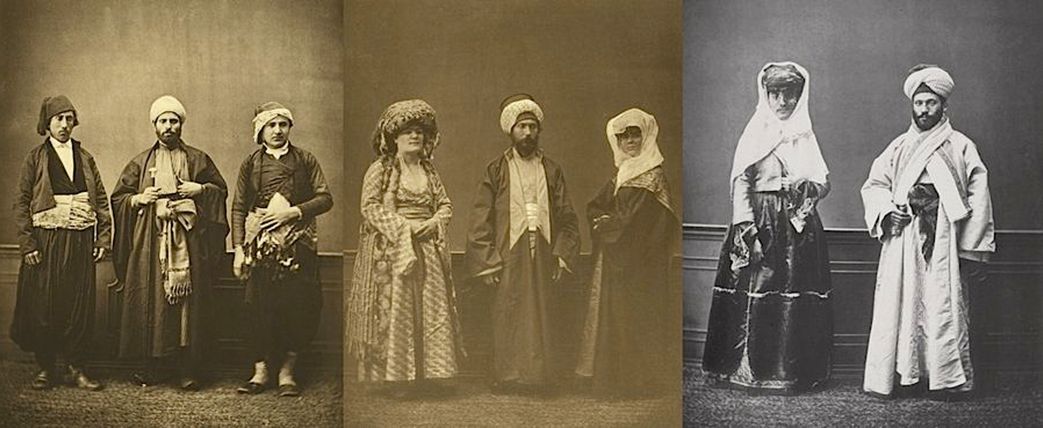İstanbul is a bad romance for those who has been there once. We can not give up loving it even if there are so many times when it disappoints you, or put you out of temper. Still, the city of İstanbul is a crusty and lovely lover that we’ve yearned and poeticised for centuries.
Several poets have poetized this beautiful and crusty lover since time immemorial. Let’s see how the masters poeticised it.
[su_spacer size=”100″]
Necip Fazıl Kısakürek – Dear İstanbul

Like they melted my soul and frost it in a cast
And placed it on land as İstanbul
Is something fumes in me, air, color, affection, climate
Is my darling that went beyond time and space
Its flowers are golden stars, Its water is shiny
Moon and Sun are two İstanbulian from immemorial times
Sea and soil, achieves a meet only in it
And dreams achieves an example in it, in it
İstanbul, my precious one
My country, ah my country
İstanbul,
İstanbul….
History’s eyes there, holes on bulwarks
Redwood, shapely redwood, curtain to afterlife
Curveted on cloud, the greyish horse dating from Fatih (Sultan Mehmed II)
Domes made of diamonds, maybe 1 billion carat
Minaret through skies is index finger
Same meaning in every decoration; We will die, no way?
Death is more alive than life, mercy more dominant than sin
While Beyoğlu stomps, cries Karaca Ahmet
Find that meaning, ah find !
Only find in İstanbul!
İstanbul,
İstanbul…
Bosphorus is a silver brazier, boils the coolness
In Çamlıca, lies on floor, the deepness of skies
Playful waters are guests of the ground floor of waterfront
Chrestfallen about new world, old ambassador in Picture
Everynight fire breaks out from windows in Üsküdar
Haunted hardwood mansion, big as a city…
Some sound, i don’t know if its like tambour or its like lute
Causes my clerk groan in rooms that have a bay window
Its woman is like sharp knife
Warm as fresh blood
İstanbul,
İstanbul…
Time makes a gergef* on seven hills
Seven colours, countless appearances from seven sound
Eyüp* is orphan, Kadıköy* is decorated, Moda* snippy
Wind in island, is cause of flying skirts
Everytime in break of day, arrows darts from bows
Screams still come from Topkapı palace
No lover exists as mother, no land as İstanbul
Not only laughing one even the crying one is fortunate..
Its night smells lillian
Its Turkish senses nightingale
İstanbul,
İstanbul…
*gergef > A tool that girls use while decorating clothes, fabrics with colourful fibers, with needle
[su_spacer size=”100″]
Orhan Veli Kanık – I’m Listening to İstanbul

I am listening to İstanbul, intent, my eyes closed:
At first there is a gentle breeze
And the leaves on the trees
Softly sway;
Out there, far away,
The bells of water-carriers unceasingly ring;
I am listening to İstanbul, intent, my eyes closed.
I am listening to İstanbul, intent, my eyes closed;
Then suddenly birds fly by,
Flocks of birds, high up, with a hue and cry,
While the nets are drawn in the fishing grounds
And a woman’s feet begin to dabble in the water.
I am listening to İstanbul, intent, my eyes closed.
I am listening to İstanbul, intent, my eyes closed.
The Grand Bazaar’s serene and cool,
An uproar at the hub of the Market,
Mosque yards are full of pigeons.
While hammers bang and clang at the docks
Spirng winds bear the smell of sweat;
I am listening to İstanbul, intent, my eyes closed.
I am listening to İstanbul, intent, my eyes closed;
Still giddy from the revelries of the past,
A seaside mansion with dingy boathouses is fast asleep.
Amid the din and drone of southern winds, reposed,
I am listening to İstanbul, intent, my eyes closed.
I am listening to İstanbul, intent, my eyes closed.
A pretty girl walks by on the sidewalk:
Four-letter words, whistles and songs, rude remarks;
Something falls out of her hand –
It is a rose, I guess.
I am listening to İstanbul, intent, my eyes closed.
I am listening to İstanbul, intent, my eyes closed.
A bird flutters round your skirt;
On your brow, is there sweet? Or not ? I know.
Are your lips wet? Or not? I know.
A silver moon rises beyond the pine trees:
I can sense it all in your heart’s throbbing.
I am listening to İstanbul, intent, my eyes closed.
[su_spacer size=”100″]
Nazım Hikmet – Tell Me About İstanbul

Stop! Let the water of the coffee boil,
Tell me about İstanbul, how was it?
Tell me about Bosphorus, how was it?
June is washed by the runaway rains with vibrations,
Would that seven hills get dried by
Such a hot sun like a mothers care…
Tell me people laughed there,
In trains, ferries, buses.
I like it even if its a lie, say it.
Always agony, always agony, always agony
Had enough…
Stop! Let it stay, don’t turn the TV on
Tell me about İstanbul, how was it?
Tell me about the city of cities, how was it?
While looking in my forbidden eyes from the hills of Beyoglu,
Make compliment about bridges, Sarayburnu, minarets and halic.
Could you say a hello, secretly…
Tell me people laughed there,
In trains, ferries, buses.
I like it even if its a lie, say it.
Always agony, always agony, always agony
Had enough…
Stop! Leave it, don’t move stay like that, please
Your scent is like İstanbul, and your eyes like İstanbul nights.
Now come and hug, hug me the one with henna.
Under the sky, just there together
The dream of starting over by saying thanks god
Is like a river in the desert of your longing.
Tell me people laughed there,
In trains, ferries, buses.
I like it even if its a lie, say it.
Always agony, always agony, always agony
Had enough…
[su_spacer size=”100″]
Mehmet Akif Ersoy – Dream of İstanbul

The boat was rolling over in an ocean…
The dream threw me on the shores of Marmara!
I saw from only a couple of miles away
your blackened İstanbul clear as crystal,
Its forehead shining like a crescent:
She’s laughing; coquettish, charming and attractive.
What base destitution now, alas!
What arrogance, what ostentation!
Many schools are opened, men and women study;
factories are in full steam, textile industries progress.
Printing houses work day and night.
New companies emerge for the benefit of the people,
New parties arise to enlighten the people,
Economy prospers
And ships unload wealth from length to length of her shores.
[su_spacer size=”100″]
Yahya Kemal Beyatlı – From Another Hill

I looked at you from another hill, dear İstanbul!
I know you like back of my hand, and love you dearly.
Come, come and sit on my heart´s throne as long as I live
Just to love a district of yours is worth a whole life.
There are many flourishing cities in the world.
But you´re the only one who creates enchanting beauty.
I say, he who has lived happily, in the longest dream,
Is he who spent his life in you, died in you, and was buried in you.
[su_spacer size=”100″]
Ümit Yaşar Oğuzcan – İstanbul

A room in the house, İstanbul in the room
A mirror in the room, İstanbul in the mirror
The man lit his cigarette, an İstanbul smoke
The woman opened her purse, İstanbul in the purse
The child cast a fishing line, I saw,
And he started to draw it, İstanbul on the line
What kind of water is this, what kind of İstanbul
İstanbul in the bottle, İstanbul on the table
It walks with us, stops with us, we are puzzled
She is on one side, I am on the other, İstanbul in the middle
Once you fall in love, I understand
Wherever you go, there you see İstanbul.
[su_spacer size=”100″]
Ahmet Selçuk İlkan – An Another İstanbul

I sat down, another istanbul, i thought
more you inside, more with you
Its green is more green, its blue is more blue
that, with your hands makes everything more beautiful
Erased all the stars from sky
instead your eyes, i put, your eyes
spread your hair over İstanbul
Painted everywhere to the color of your lips
Now istanbul is bright, that shining
your smell, i made blow from seas
with your beauty i decorated gardens
I made you istanbul, istanbul you
in every street i wrote your poem line by line
now, all the parts of this city tells about you
[su_spacer size=”100″]
Bedri Rahmi Eyüpoğlu – İstanbul Epic

Just say “İstanbul” and I think of
A basket full of reddish-colored grapes
On a fine evening at Sehzadebasi
A girl walks by, ruthlessly female
Three candles on top of the basket
I would kill myself for her attitute
Taste of grape honey on her full lips
Desire filling her from top to toe
Willow tree, summer breeze, harvest dance
Surely she was born in a wine cellar
On a fine evening at Sehzadebasi
Once more the keel of my heart
Runs aground on the rocks
Just say “İstanbul” and the Grand Bazaar
Comes to mind the Algiers March
Arm in arm with the Ninth Symphony
A perfect bridal suite a splendid dowry
Only the bride and groom missing
For sale cheap cries the auctioneer
And in the corner a pot-bellied oud
Bedecked with mother-of-pearl
Tamburi Cemil Bey on old 78s…
[su_spacer size=”100″]
Attila İlhan – İstanbul Gate of Felicity

World war years with the beauty of a frightened woman
When the good cheer kept vigil at the Kuzguncuk landing
Turned like the pessimistic cadets of kuleli toward sultan reshad
And no one was there for the last autumnal ferry
No helva vendors from beykoz or phonographs with odeon horns
Pouring out songs in an ancient mode only the captain’s cymbals
Alla turca made in yildiz and lifted from the bazaars
İstanbul straits with the sulkiness of a wounded vulture
When monocled german officers argued at kramer’s beerhouse
Moltke versus bismarck in their fissured tongue
Downing three bitter dark green doubles of pilsen beer
Torpedo net heroes rich in numbers as the imperial band
Return to the galician front under the cold russian rain
Swept night and day by long range battery fire
Red crescent tents blossoming like wet flowers
Enormous flowers of extremely bloodstained white
Back to the galician front the operetta remedy
In ikdam false news of victory on the syrian front
At the ministry of war the commander in chief enver pasha
With colonel suleyman of military secret intelligence
Knows nothing of how time passes until morning worship
In the unfiltered glass-shattering darkness of a cellar
Before an execution the nervous motions of prayer
Of cowardly shadows in bekiraga prison
The sticky sweat crawling on yakub jemil’s temples
The torn union and progress membership card on the floor
The rattle of a mauser being loaded the order to shoot
The lilacs fade life lightning in the water jug there is no cure
Those world war years with the beauty of a frightened woman
[su_spacer size=”100″]
Ivan Bunin – İstanbul

Starved, mangy dogs with mournful, pleading eyes,
Descendants of the ones that in a bygone
Age from the steppeland came, and, stung by flies,
Dragged in the wake of dusty, creaking wagons.
The conqueror was rich and powerful,
And with his hordes, proud city, he invaded
Your palaces, and named you İstanbul,
And then sought rest, a lion gorged and sated.
But faster move the days than birds in flight!
Black loom the trees in Scutari; unnumbered
The tombs they shade, their marble shapes as white
As bones bleached by the rays of many summers.
Upon the dust of shrines and temples falls
The dust of ages, and the plaintive howling
Of dogs the gloom of desert sands recalls
Beneath Byzantium’s walls and arches crumbling.
Bare the Serail, its glory spent and past,
Its trees, now dry, bent low in desolation…
O İstanbul! Dead nomad camp, the last
Great relic of a last and great migration!



































